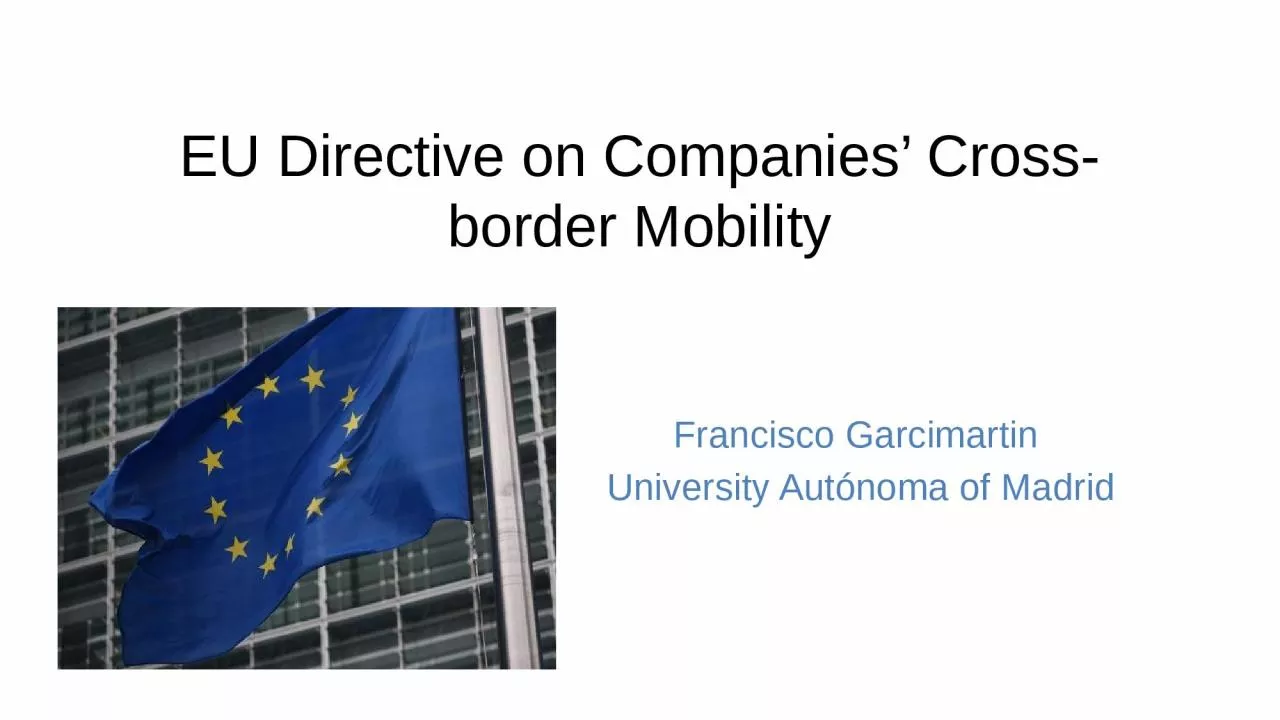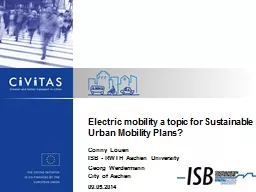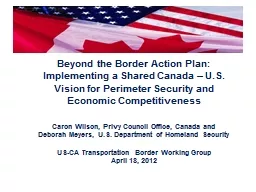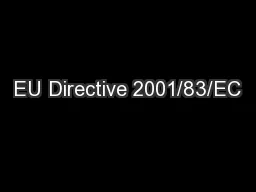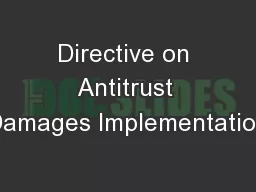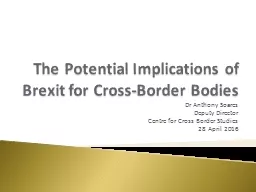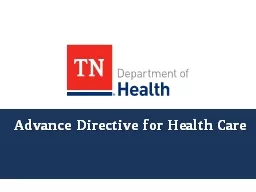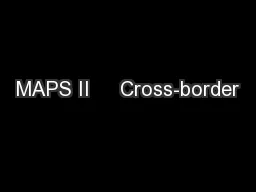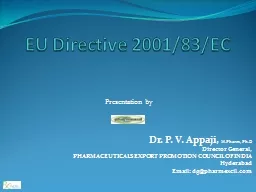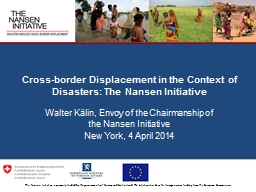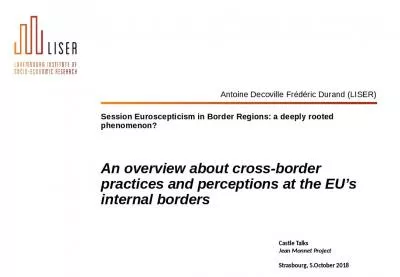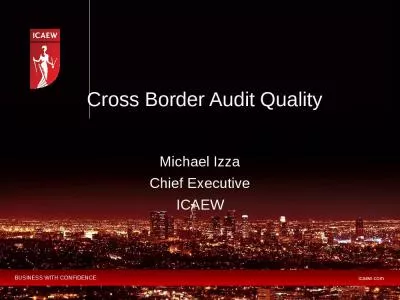PPT-EU Directive on Companies’ Cross-border Mobility
Author : morgan | Published Date : 2023-11-07
Francisco Garcimartin University Autónoma of Madrid Introduction April 2018 Company law package amending Directive 20171132 Directive on companies crossborder
Presentation Embed Code
Download Presentation
Download Presentation The PPT/PDF document "EU Directive on Companies’ Cross-borde..." is the property of its rightful owner. Permission is granted to download and print the materials on this website for personal, non-commercial use only, and to display it on your personal computer provided you do not modify the materials and that you retain all copyright notices contained in the materials. By downloading content from our website, you accept the terms of this agreement.
EU Directive on Companies’ Cross-border Mobility: Transcript
Download Rules Of Document
"EU Directive on Companies’ Cross-border Mobility"The content belongs to its owner. You may download and print it for personal use, without modification, and keep all copyright notices. By downloading, you agree to these terms.
Related Documents

